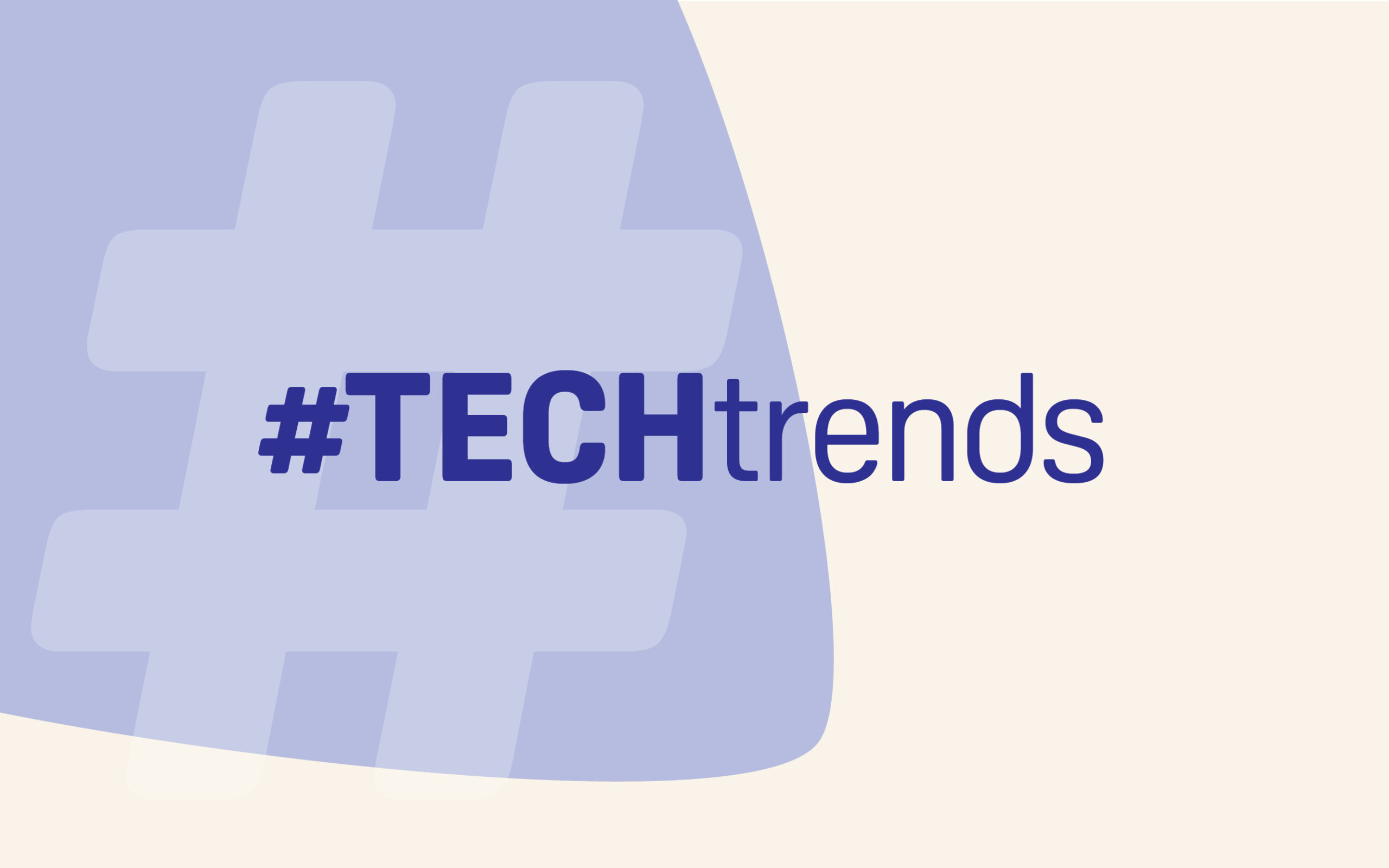
Extended reality technologies (XRs), encompassing augmented and virtual reality (AR and VR), leverage and extend human sensory and cognitive experiences in the direction of a “new normal” in learning. Although we may still have some way to go before XRs are used to achieve educational goals, with advances in technology and interest from individual entrepreneurs, those days are not far off.
A case in point is a Google Expeditions initiative that involved teams travelling around UK schools, providing teachers with the ability to incorporate virtual expeditions as part of their curricula. Using apps, they brought 3D holographic information into classrooms and gave students the experience of seeing their teachers, who were at home, in holographic form. While virtual campus tours for prospective students are becoming popular during the COVID-19 pandemic, education institutions have been starting to create lab experiences, online workshops and Q&A sessions, and are even running their classes virtually. Although many of these virtual classrooms currently report low retention rates, various experiments around the world indicate the likelihood that with XRs, we will experience faster learning, enhanced retention, better critical thinking and improved decision taking.
The emergence of short-term AR/VR development courses would enable many young people to gain enough knowledge and skills to create fully functional VR content within three months, paving the way for an XR equivalent of YouTube. Hence, strategic moves by educational institutions to create AR/VR assets as open educational resources (OER) and to build their capacity to share and adapt those assets are considerations for the future of open and innovative education. The education community would need to set up studios and labs for the rapid production of AR/VR assets as OER, while also collaborating with industry to design headsets conducive to exploratory learning based on hand-eye co-ordination. We also need studies that examine the effects of these technologies on children’s developing brains. In a range of ways, XR technologies can benefit persons with disabilities, including the elderly and children with special needs. Using XRs, ongoing experiments combining simultaneous localisation and mapping, GPS systems and depth cameras prove helpful to the visually impaired to explore their environments, allowing for experiential learning.
XR technologies have the potential to disrupt physical travel by becoming the primary platform for communication, offering immersive experiences through digital teleportation.
News media, entertainment and the education industry could capitalise on XRs by using them to generate empathy through immersive storytelling, and to spur awareness about critical issues.
We may witness experiments in non-linear and non-narrative storytelling, teleporting viewers beyond the limitations of language, space and time. Using artificial intelligence not only could recreate the instructor/tutor but also could translate their words into other languages while retaining a preferred natural tone. Learners could pinch, zoom and rotate 3D holograms and AR/VR objects to gain a richer learning experience while receiving detailed explanations of models and course materials.
The question is: Will the centuries-old chalk, blackboard, pen, paper, printed text and closed walls of classrooms at last evolve into a learning experience that opens learners’ imaginations beyond anyone’s comprehension? It likely will take the better part of this new decade to create scalable AR/VR content and broaden access to these XRs so they can be used in education. A world of possibilities lies ahead! The point is to leave no one behind.


